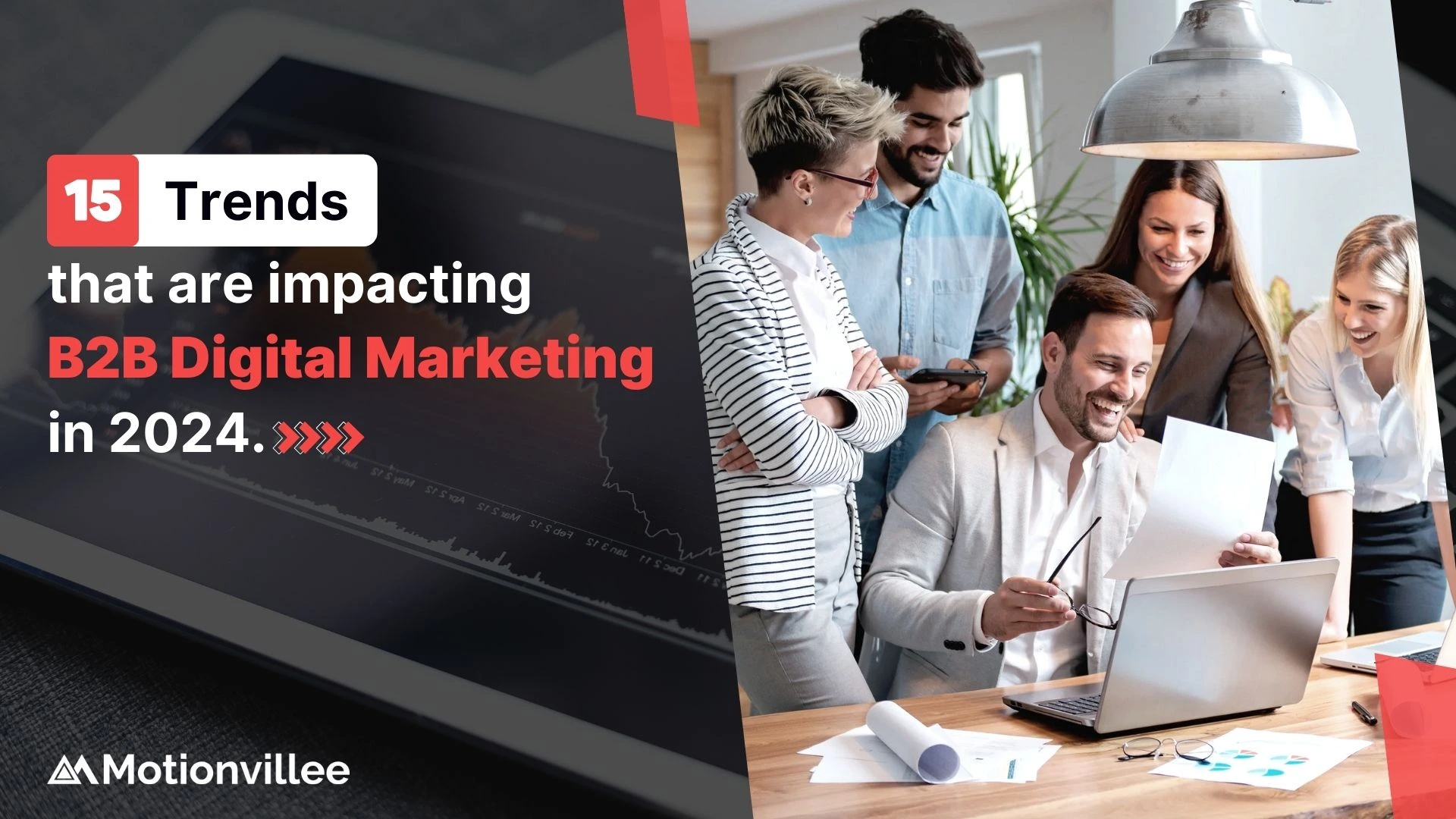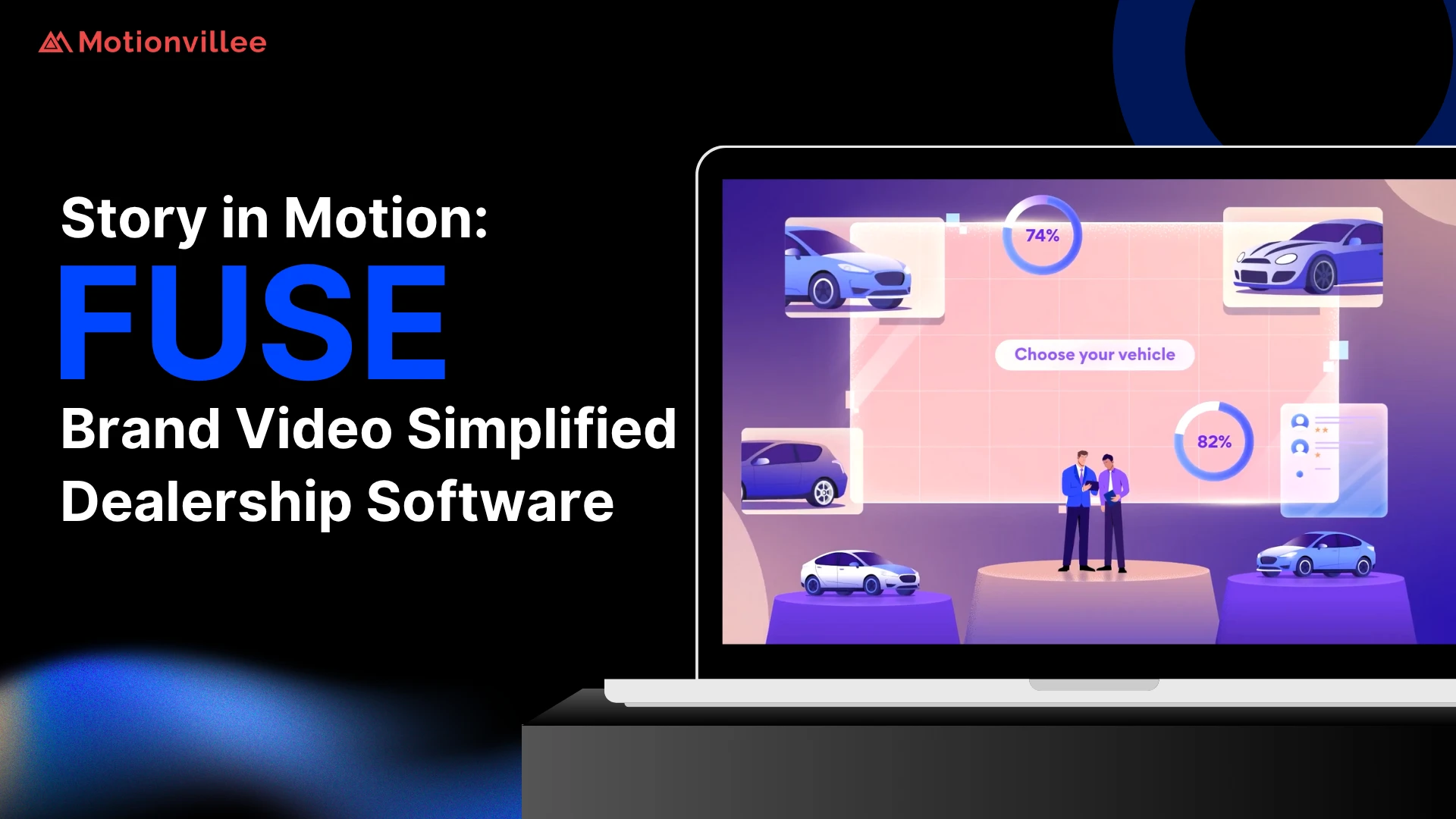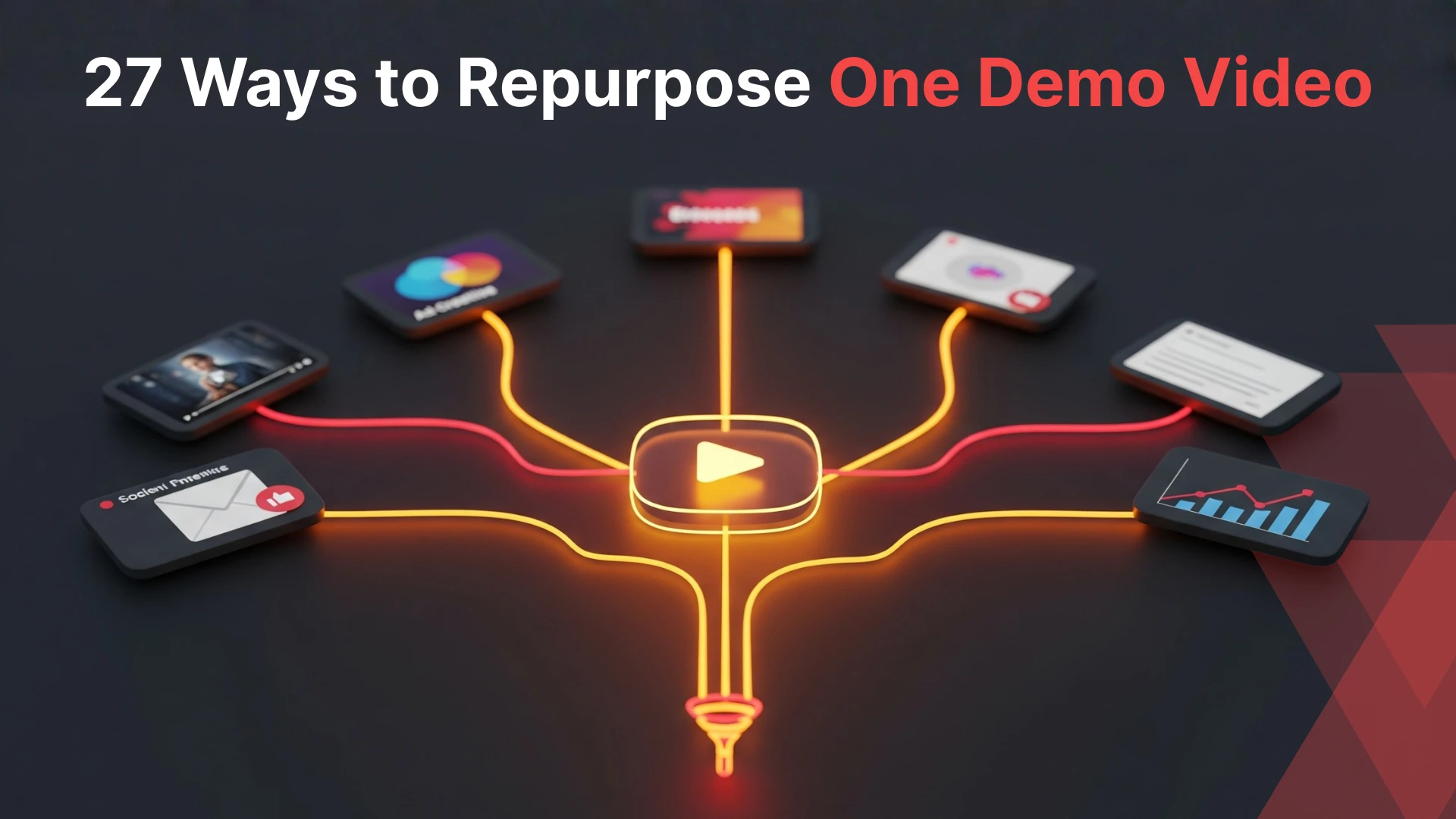As we move into 2024, the B2B digital marketing landscape is undergoing a significant transformation driven by cutting-edge technologies and innovative strategies. Businesses are redefining how they connect and engage with one another, emphasizing the importance of lead generation, content creation, and customer engagement. This revolution not only reshapes marketing tactics but also alters the fundamental nature of business relationships in the digital age.
Below are 15 exciting trends that B2B marketers are integrating into their strategies this year, as shared by members of the Forbes Agency Council.
1. Video Storytelling
Video storytelling is increasingly becoming a central component of B2B marketing. As businesses embrace the “consumerization” of their interactions, utilizing video content allows them to enhance engagement during complex buying cycles. With younger decision-makers emerging in the B2B space, high-quality video storytelling helps humanize brands and makes them more relatable. Engaging narratives and elevated production values can create deeper emotional connections with audiences, driving both interest and trust in B2B offerings.
2.Website Visitor Identification Software
One of the game-changing tools for B2B marketers is website visitor identification software combined with intent data. This technology enables businesses to identify and engage with potential customers who visit their sites but do not fill out forms. By uncovering new opportunities from visitors demonstrating strong buyer intent signals, marketers can significantly enhance lead generation and customer engagement strategies. This approach transforms previously missed opportunities into actionable insights, maximizing marketing efforts.
3.Creator-Generated Content
Creator-generated content (CGC), particularly customer testimonials, is reshaping how B2B marketers build trust and authenticity. Real customers sharing their experiences with products or services can be a powerful marketing tool. Incorporating these testimonials into paid social media and programmatic ads increases relatability and engagement. By showcasing genuine success stories, businesses can drive higher conversions and strengthen their reputation in the market.
4. Old-School Strategies
Despite the rapid advancement of digital marketing tools, some B2B marketers are revisiting traditional strategies that have proven effective over time. Channels such as trade shows, sponsorships, and even direct interactions, like buying lunch, are gaining traction again. As digital strategies become ubiquitous, decision-makers are seeking more personal and tangible experiences. Leveraging these old-school methods can create meaningful connections and differentiate brands in a crowded marketplace.
5. Programmatic PPC Newsletter Ads
Programmatic pay-per-click (PPC) newsletter ads represent a fresh approach to B2B digital marketing in 2024. Traditionally, newsletter sponsorships involved flat fees, making it challenging to predict ROI due to varying open rates. New ad networks like Beehiiv and Paved enable marketers to pay per click, eliminating concerns related to open rates. This shift allows businesses to focus on effective ad placements and measurable results, enhancing the efficiency of their newsletter marketing efforts.
6. Human-Driven Connections
In the wake of the COVID-19 pandemic, there has been a renewed emphasis on fostering human connections within B2B marketing. While data, automation, and account-based marketing drive revenue, the final touch often requires personal interaction. B2B buyers are also consumers, and their expectations for brand affinity and connection are evolving. By prioritizing human-driven relationships, businesses can create a more engaging customer experience, fostering loyalty and long-term partnerships.
7. Video-Enabled Engagement and Support
Advancements in video technology are enabling B2B companies to leverage video content not just for marketing but also for client engagement and support. This comprehensive content strategy encompasses the entire customer journey—from awareness to consideration and decision-making. By integrating video into various stages of the customer experience, businesses can provide valuable insights, address customer concerns, and enhance overall engagement with their brand.
8. Tying Your ‘Why’ To Your Prospects’ Purpose
Messaging is a crucial element of effective digital marketing. B2B marketers are focusing on clarifying their company’s “why” or purpose, as popularized by marketing guru Simon Sinek. By aligning their messaging with the values and purposes of their target prospects, businesses can create more compelling narratives that resonate with their audience. This alignment not only increases engagement but also improves lead generation by establishing a stronger emotional connection.
9. Build-Your-Own Identity Graphs
The rise of build-your-own identity graphs is revolutionizing how B2B brands approach data collection and customer acquisition. By creating their own data repositories, businesses can enhance omnichannel reach and flexibility while reducing reliance on third-party identity graph providers. This trend empowers B2B marketers to have greater control over their customer data and enables more personalized marketing efforts, ultimately driving better results.
10. Aggregated Data Platforms
Aggregated data platforms that consolidate marketing, sales, and business metrics are gaining popularity in the B2B space. Historically, these departments have operated in silos, limiting the effectiveness of collaborative efforts. By utilizing platforms that distill important data into accessible formats, CEOs, CMOs, and CFOs can better understand how their respective functions impact one another. This integration fosters collaboration, facilitates informed decision-making, and enhances overall business performance.
11. First-Party Data for Account-Based Marketing (ABM)
First-party data is becoming increasingly valuable for account-based marketing strategies. By leveraging data already owned by the company, B2B marketers can hyper-personalize their outreach and target specific accounts with precision. This approach acts as a roadmap to identify and engage with the most valuable customers, enhancing overall ROI. Additionally, as privacy concerns grow, integrating first-party data into marketing strategies is essential for compliance and effective targeting.
12. AI-Driven Media Mix Modeling Tools
AI-driven media mix modeling (MMM) tools are emerging as essential assets for B2B marketers in 2024. By analyzing vast datasets, these tools provide insights into campaign performance, enabling businesses to optimize budgets, allocate resources efficiently, and measure ROI with precision. In a privacy-first world, AI-powered MMM allows marketers to adopt a customer-centric approach, improving their understanding of customer journeys and driving sustainable growth.
13. LinkedIn Live and Creator Mode
Recent algorithm changes on LinkedIn have transformed how B2B marketers leverage the platform. Instead of solely using LinkedIn to direct traffic to external websites, businesses are now prioritizing content creation tailored for LinkedIn’s ecosystem. By utilizing features like Creator Mode and LinkedIn Live, marketers can boost engagement directly within the platform, creating meaningful interactions with their audience and strengthening brand presence.
14. AI Integrations Into Existing Tools
The integration of AI capabilities into existing marketing tools is transforming how B2B marketers create and manage content. Tools like Canva and CapCut are becoming more powerful as they incorporate AI-driven features that simplify design, content creation, and project management. These advancements enable marketers to produce high-quality materials efficiently, allowing them to focus on strategy and execution rather than getting bogged down in the details.
15. Customized AI Bots
The utilization of customized AI bots is on the rise as B2B marketers seek to streamline their workflows and enhance productivity. By leveraging tools like CustomGPT and Google Notebooks, marketers can automate repetitive tasks, compile client information, and manage basic research. This allows marketing professionals to concentrate on strategic aspects of their work while ensuring that essential tasks are handled efficiently.
Conclusion
As B2B digital marketing continues to evolve, these 15 trends highlight the importance of innovation and adaptability in a rapidly changing landscape. By embracing these cutting-edge technologies and strategies, businesses can build deeper connections with their customers, enhance engagement, and ultimately drive greater success in the digital age. The focus on personalization, human-driven interactions, and the effective use of data will be critical for marketers looking to thrive in 2024 and beyond.
Ready to create videos that turn viewers into customers? Motionvillee is your partner in cutting through the noise and making your brand shine. Whether you’re launching your first video campaign or boosting brand visibility, we’ve got you covered. Let’s craft videos that engage your audience and deliver qualified leads straight to your sales funnel. Get in touch today!







